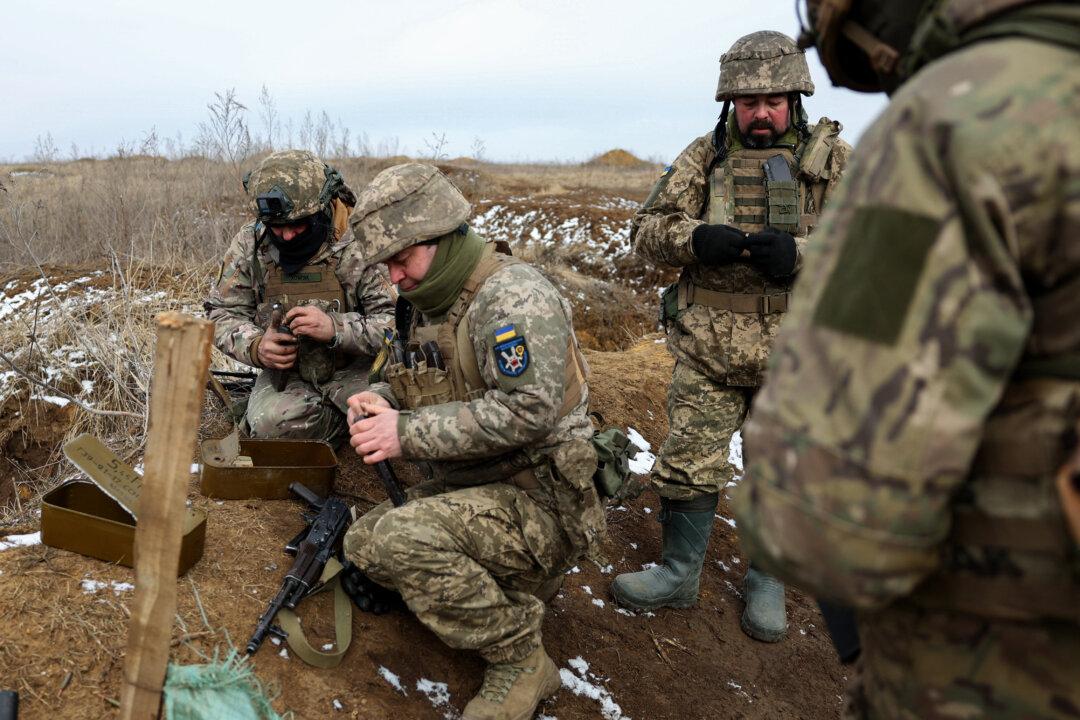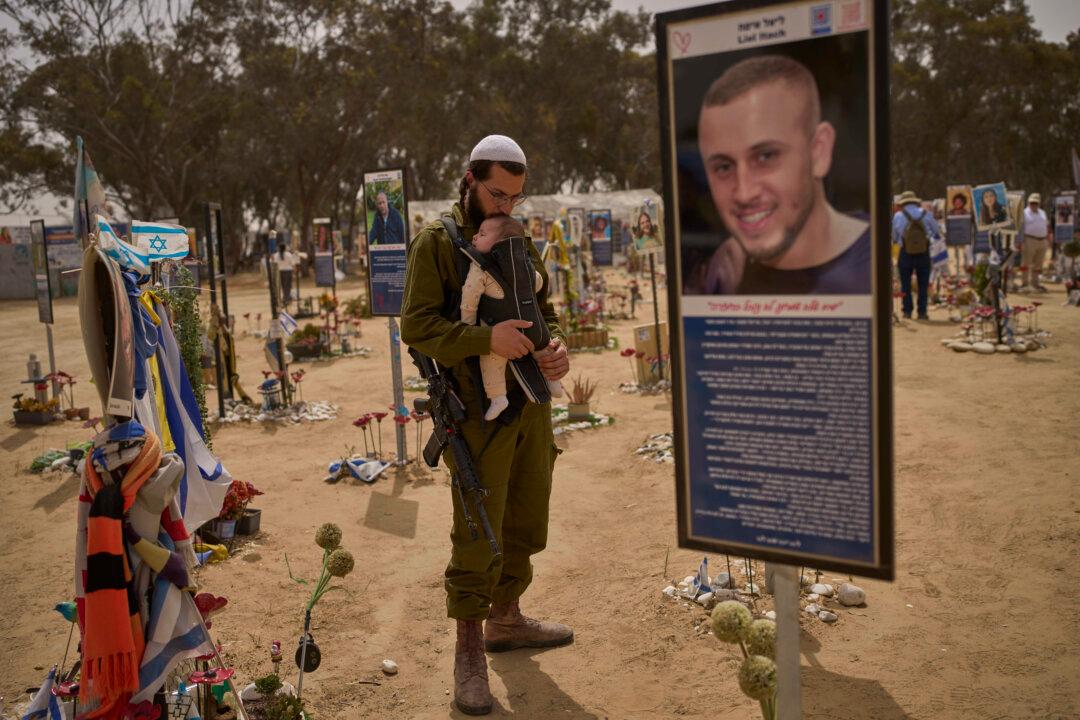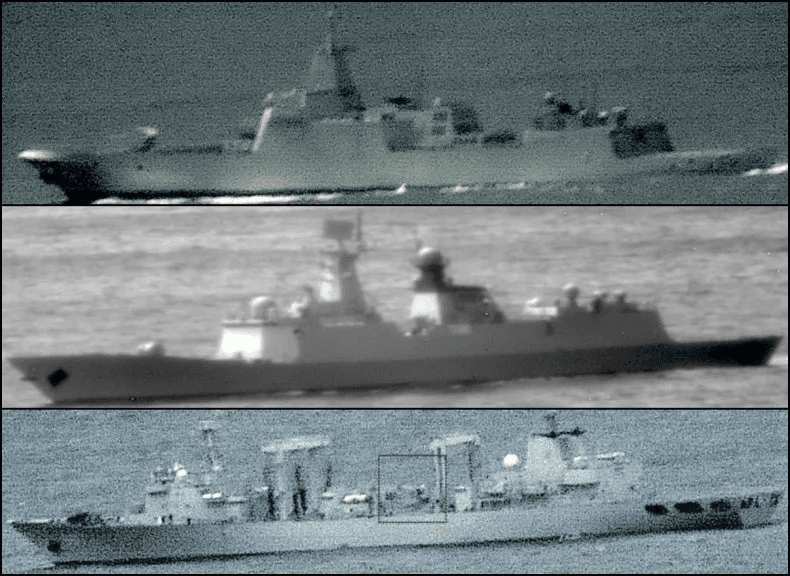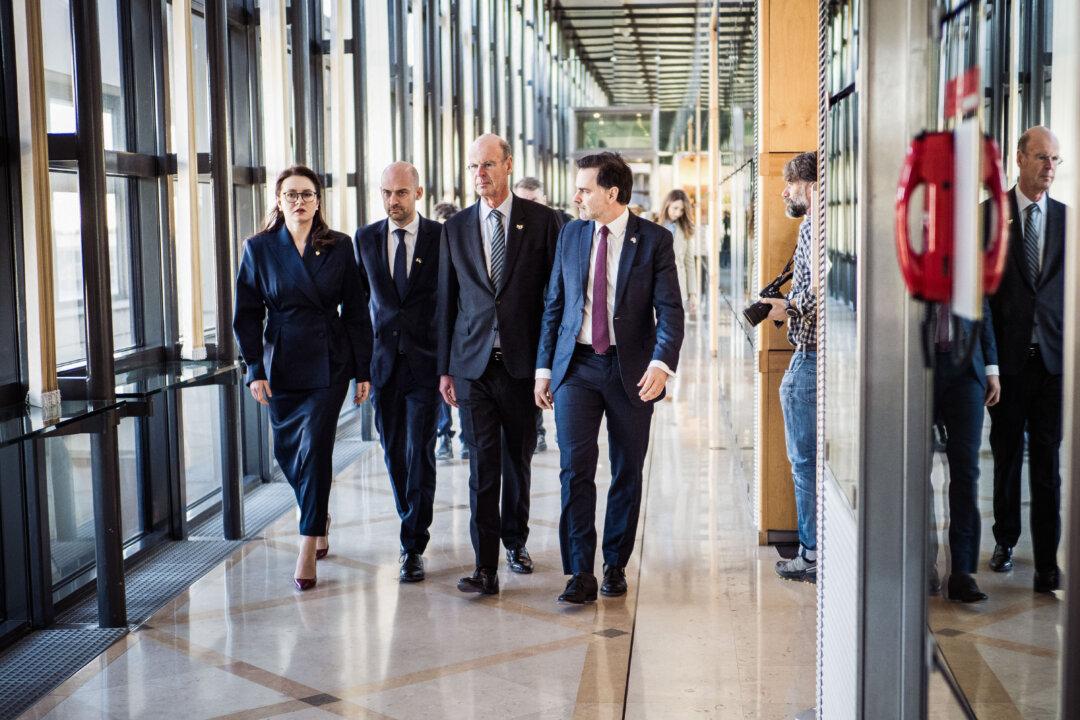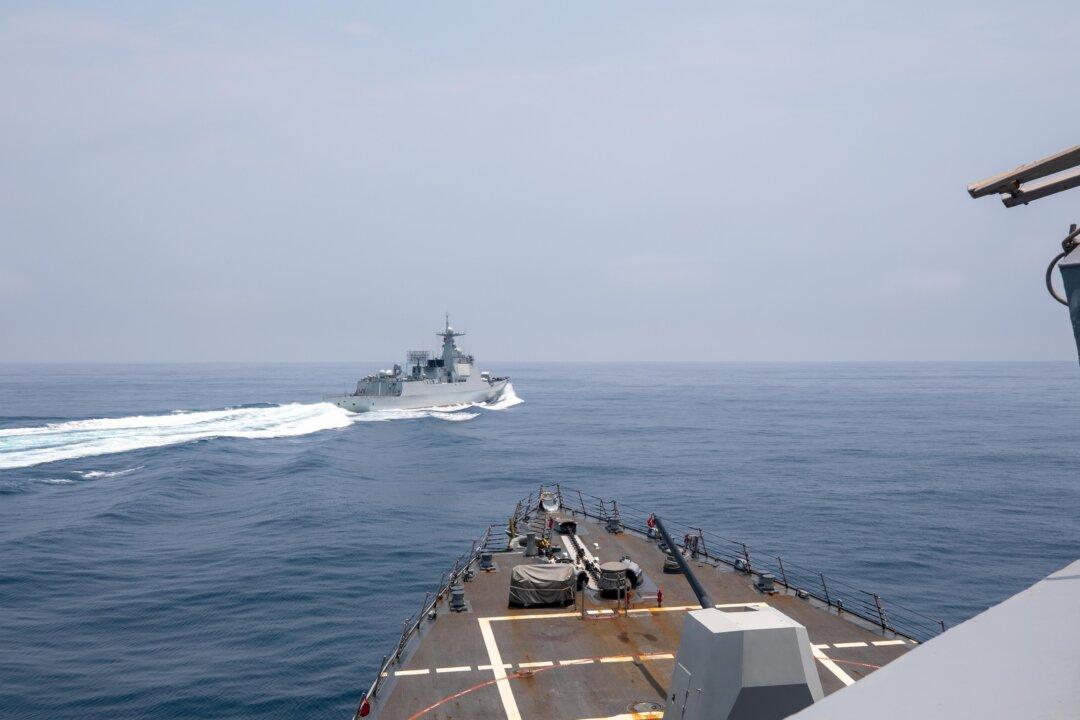Commentary
Ukraine’s death toll continues rising while U.S. politicians dither over aiding or not aiding that country. The war has become stalemated, with neither Russia nor Ukraine able to achieve a major breakthrough. Meanwhile, the United States and its allies need to consider the consequences of a Ukrainian defeat or collapse.
